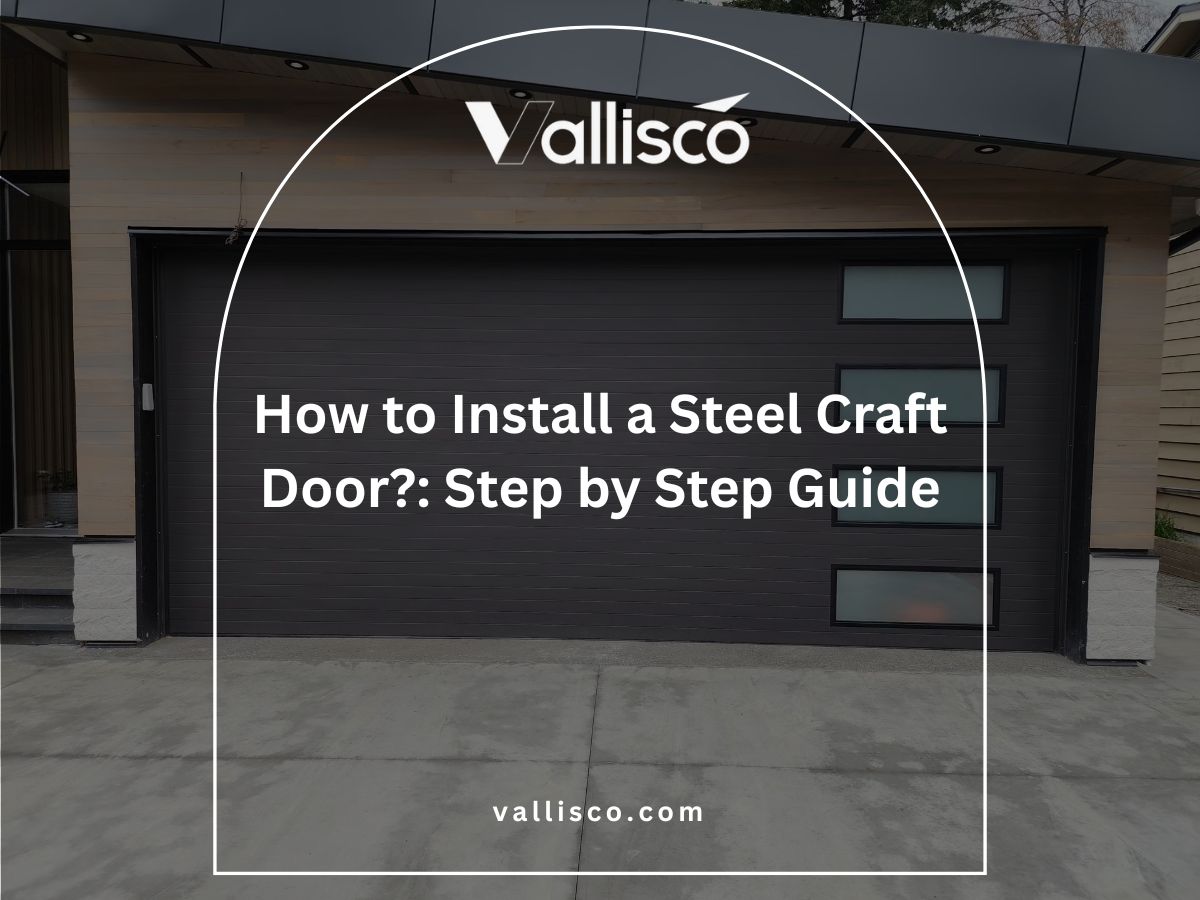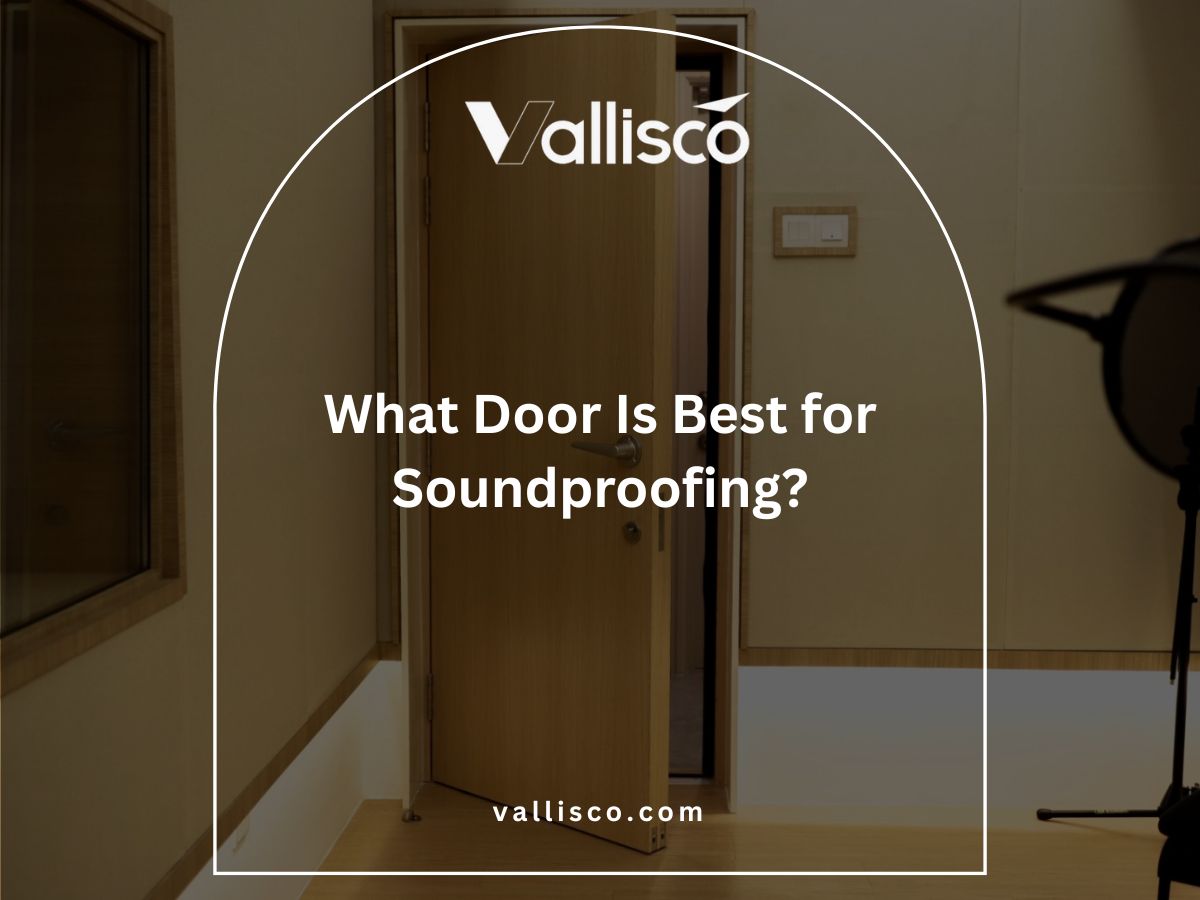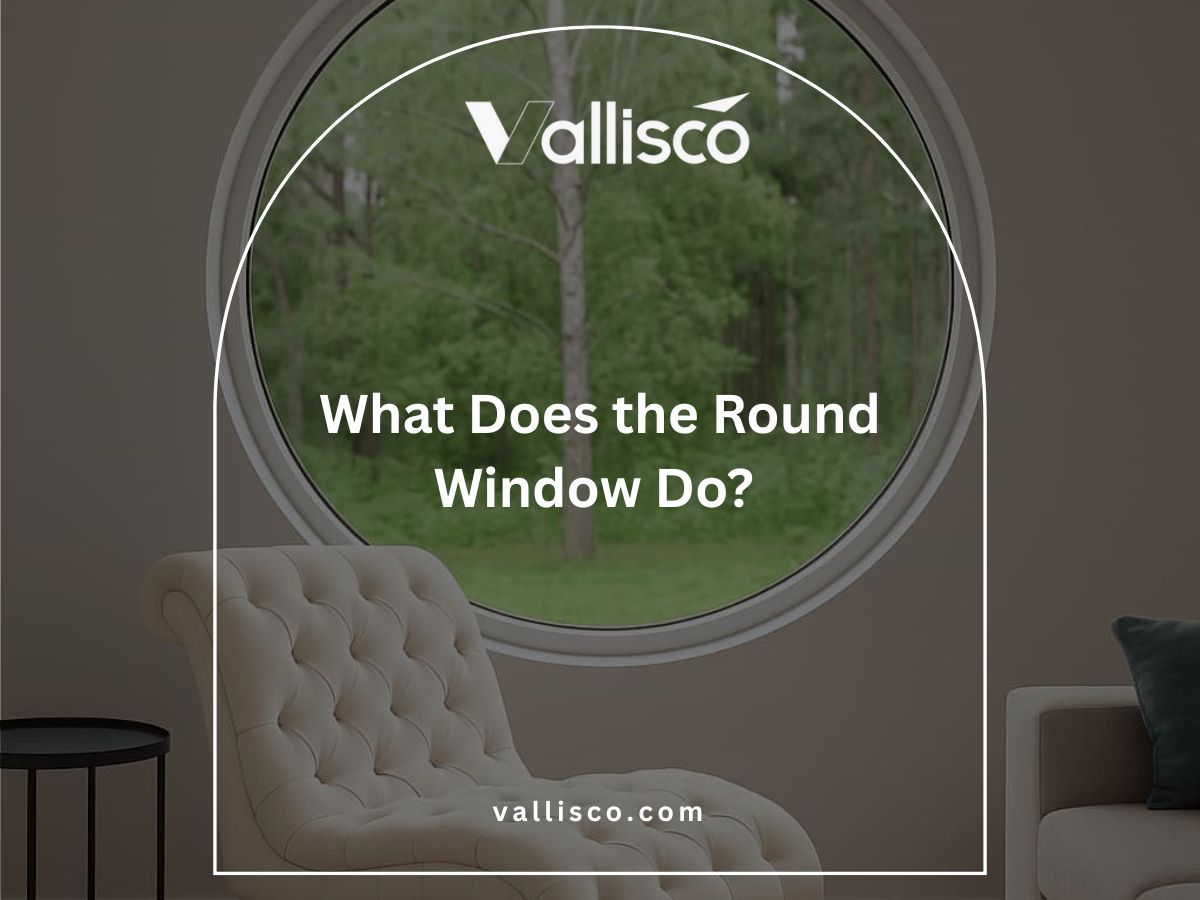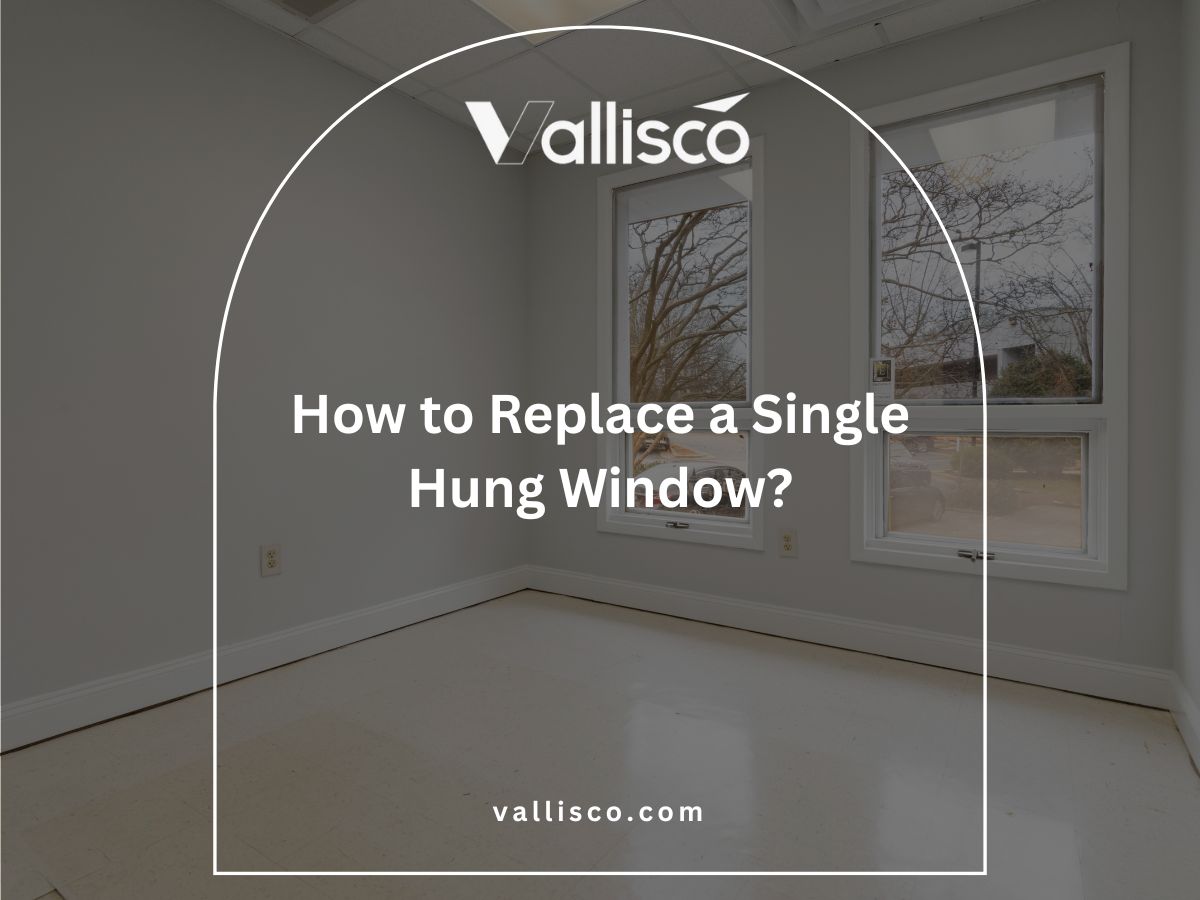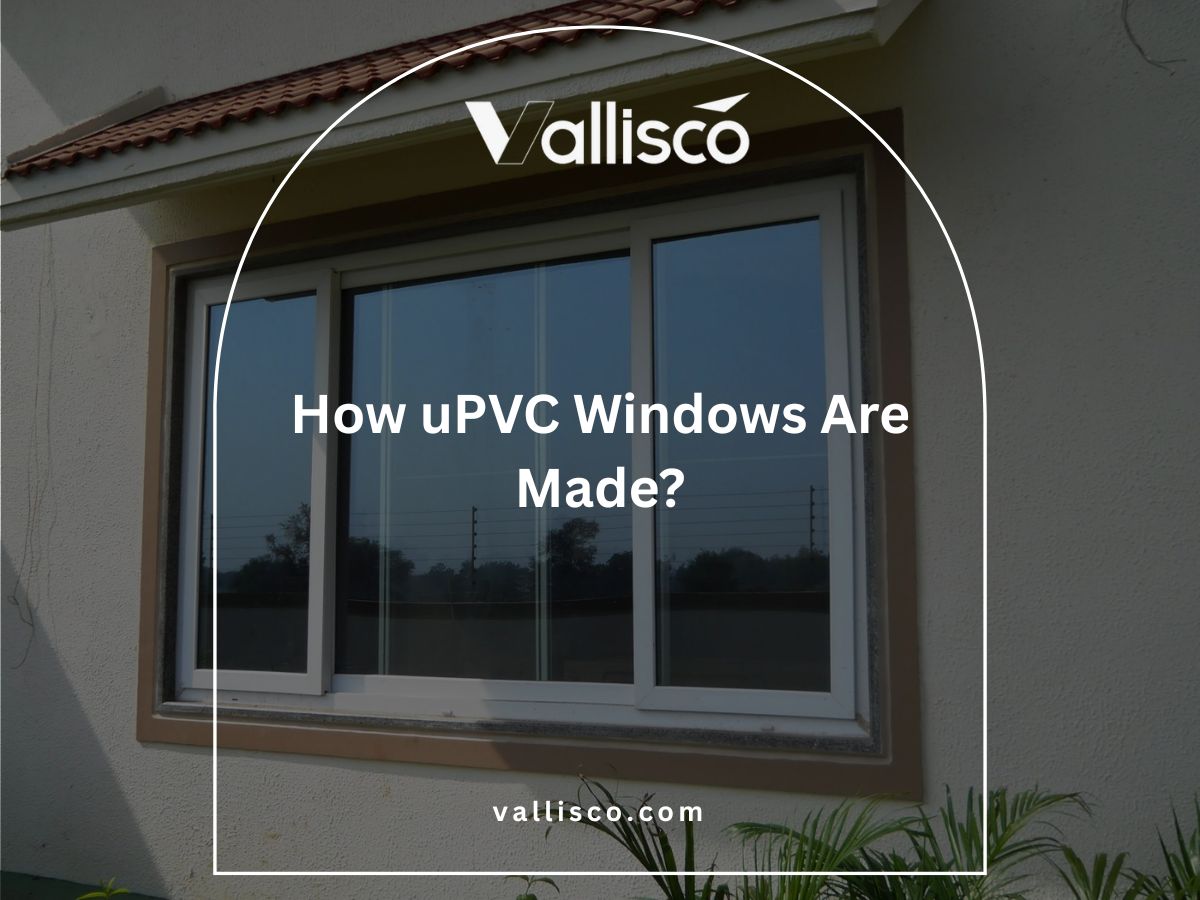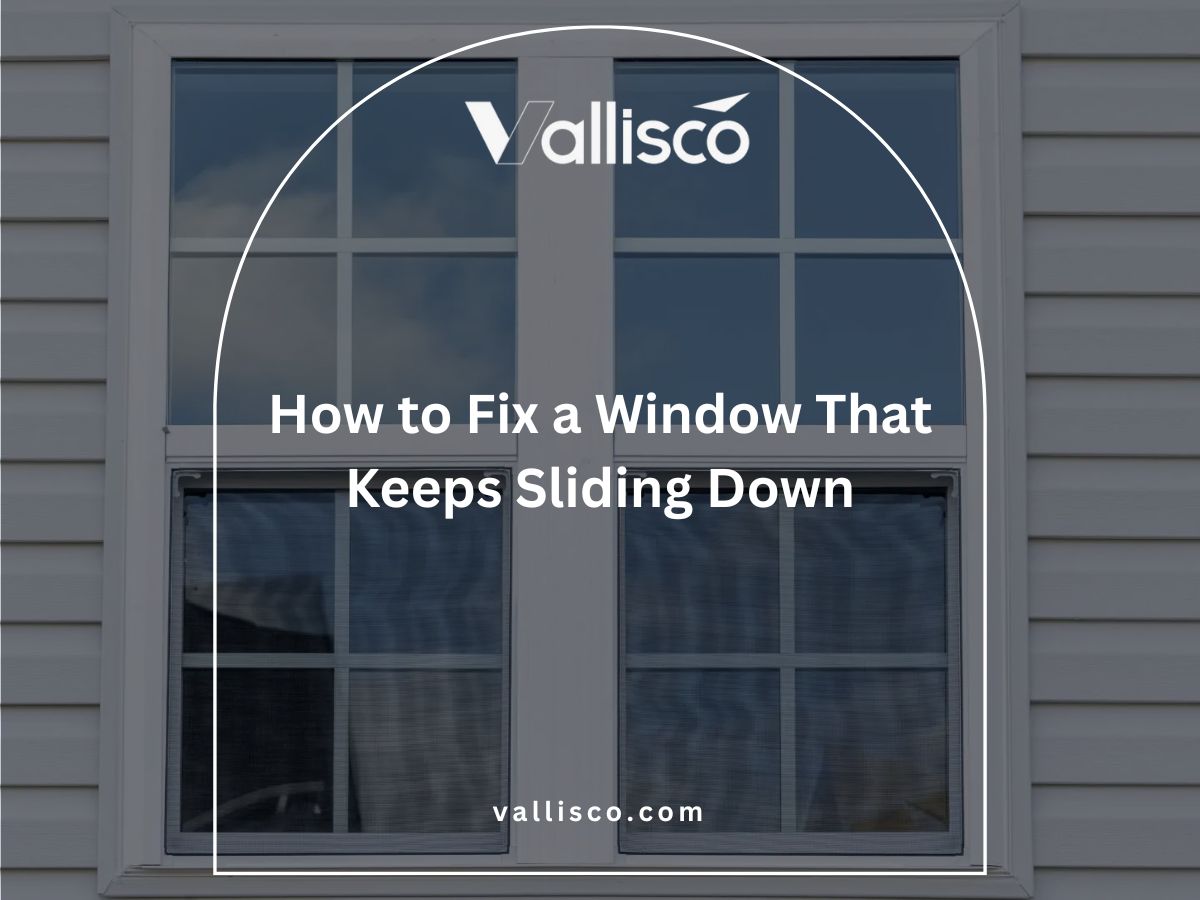I remember two projects we worked on, just a few weeks apart.
One was a guesthouse on a hillside where they picked sliding doors to open up their view without using floor space. The other was a country-style villa where they chose French doors to match the architecture and let in fresh air.
Both were the right choice for their space, their goals, their users.
If you’re here, you’re likely asking the same thing: “Which one fits better, French doors or sliding doors?”
I’ve helped hotel owners, greenhouse builders, and villa designers walk through this decision. It’s not about picking the “best” door but choosing what actually fits your layout and how people use the space.
In this article, I’ll give you a clear comparison of both. How they look and function. What makes them different and where each one shines. By the end, you’ll have the clarity you need to move forward with confidence.
Let’s begin!
Quick Comparison
Want the big picture before getting into the fine points?
Here’s a quick overview of what sets French doors and sliding doors apart:
| Feature | French Doors | Sliding Doors |
| Design Style | Classic, symmetrical, heritage-friendly | Sleek, minimal, modern-friendly |
| Operation | Swing open from the center with hinges | Glide along a track, typically one panel moves |
| Space Needs | Require swing clearance and open floor space | Stay within frame, great for tight or narrow areas |
| Ventilation | Allow full airflow when both panels open | Limited to half opening, less ventilation |
| Natural Light | Moderate glass area, framed view | Larger glass surface, brighter and wider view |
| Durability | Hinges and frames may wear faster over time | Tracks and rollers need cleaning and realignment |
| Maintenance | Needs seasonal checks and refinishing | Regular track cleaning keeps it sliding smoothly |
| Security | Multi-point locks, but center seam may need reinforcing | Can be upgraded with anti-lift bars and locks |
| Energy Efficiency | Good with double glazing and tight seals | Often better sealing and thermal breaks by design |
| Accessibility | Heavier to open, less suited for mobility-limited users | Easier to use for kids, seniors, and guests |
| Customization Options | More decorative glass and finish choices | Easier to add smart locks, screens, and low-E glass |
| Best for… | Traditional homes, garden rooms, and open-air spaces | Modern layouts, rentals, and compact designs |
Now that you’ve seen them side by side, let’s get into the details. We’ll start with space planning and work our way through every factor.
1. What Are French Doors?
French doors are double doors made mostly of glass, with panels that open from the center. They swing inward or outward on hinges, like regular doors. You’ll often see them leading to patios, balconies, or gardens. Because they’re mostly glass, they let in a lot of natural light and give a clear view outside.
If you’re working with a room that feels closed off, French doors can open it up without needing to change the entire layout.
I’ve seen them used in both cozy villas and open-plan guesthouses. In one project, the owner wanted a connection between the living room and a quiet garden. French doors did that perfectly. They gave the space charm, fresh air, and a sense of calm without feeling too modern or cold.
2. What Are Sliding Doors?
Sliding doors are large glass panels that move sideways along a fixed track, instead of swinging open like traditional doors. You’ll often see them used in homes or buildings where space is limited. Since they don’t need extra clearance to open, they’re a smart choice for tight areas like balconies, small patios, or narrow walkways.
I used sliding doors on a guesthouse project where space was tight, and the result was immediate. The room felt brighter, easier to move around in, and more usable without losing any function or comfort.
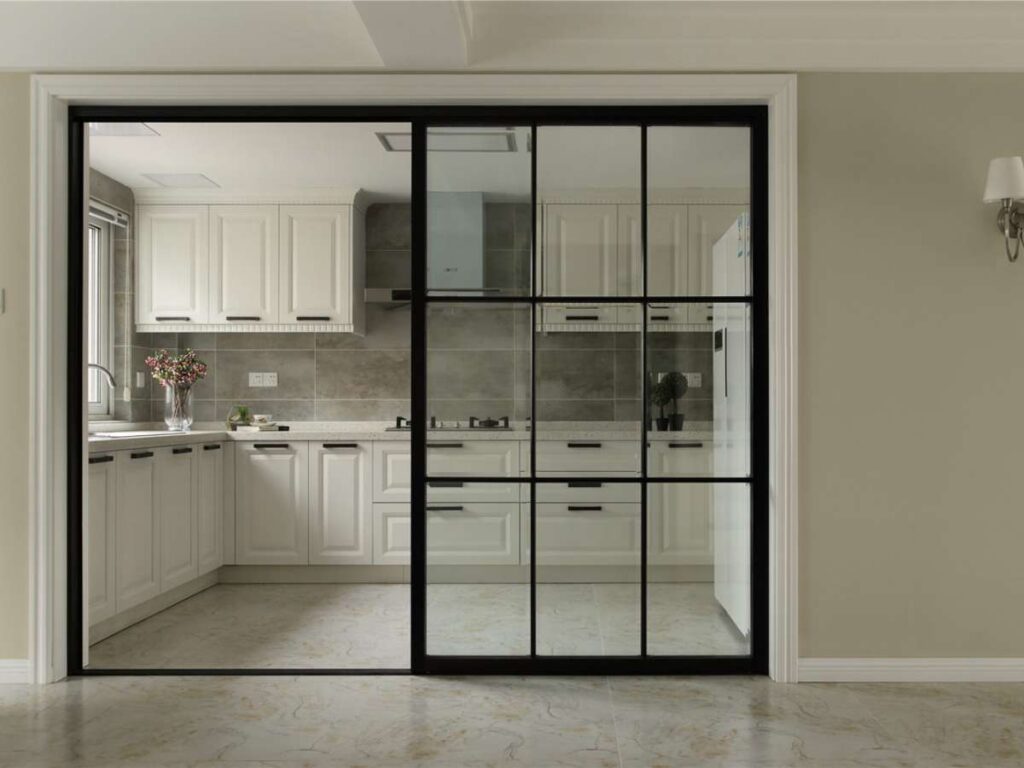
3. Space Considerations
Before choosing a door, think about how much physical space you actually have. It’s not just about the wall size. It’s about furniture, walkways, and how people move through the room. The way a door opens can either help or disrupt the flow of a space. In many projects, this one detail door clearance is overlooked early, only to become a problem during installation or daily use.
French Door: Needs Swing Clearance
- Villas and Houses: French doors require space to swing open, which can limit where you place sofas, chairs, or entry rugs. They work best in larger rooms or open floor plans.
- Hotels, Inns & B&Bs: These doors add charm to spacious suites but may block movement in narrow entryways or small balconies. You’ll need to leave clearance so guests can pass comfortably.
- Greenhouses or Garden Rooms: French doors look beautiful and let in plenty of light, but they can get in the way of shelves, carts, or planters. You’ll need to plan for the full swing of each panel.
Sliding Door: Saves Floor Space
- Villas and Houses: Sliding doors move along a track and stay within the frame, so you don’t lose any floor space. They’re ideal for modern homes or tighter layouts.
- Hotels, Inns & B&Bs: These doors are a smart choice in compact suites or corridors where every inch counts. Guests won’t have to work around a swinging door.
- Greenhouses or Garden Rooms: Sliding doors are easy to open even with your hands full. They help you move equipment without needing extra clearance around the entrance.
Final Verdict
French doors work well if you have enough space for them to swing open without blocking furniture or foot traffic. But if your layout is tight or you need to keep paths clear like in a hallway, compact suite, or working greenhouse sliding doors from brands like Vallisco are often the more practical option.
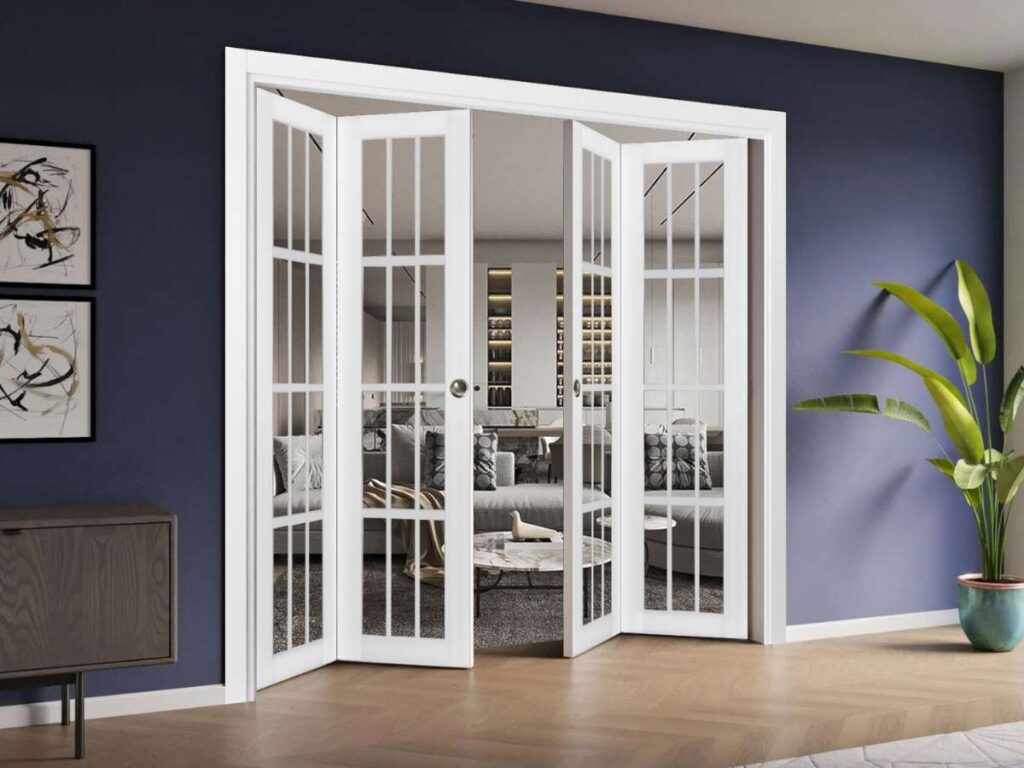
4. Ventilation and Natural Light
Both French and sliding doors bring benefits when it comes to fresh air and daylight, but they don’t perform the same way. If you’re building in a warm region or trying to cut back on electricity use, understanding how each door functions can help you make the right call. I’ve seen projects succeed simply because this one detail was handled thoughtfully.
French Door: Better Airflow
- Villas and Houses: French doors can be fully opened to let fresh air move through space. They’re ideal if you want to rely on natural ventilation instead of fans or cooling units.
- Hotels, Inns & B&Bs: With both panels open, rooms can be cleared of stuffy air quickly. This is especially useful between guest stays or during warm afternoons.
- Greenhouses or Garden Rooms: Full opening allows hot air to escape fast, helping you maintain balanced indoor temperatures. It’s a strong choice for passive airflow.
Sliding Door: More Daylight
- Villas and Houses: The large glass panels in sliding doors bring in consistent daylight. This can reduce the need for electric lighting, especially in main living areas.
- Hotels, Inns & B&Bs: These doors offer wide views and a bright atmosphere even when closed. Guests often appreciate the open feel they provide without extra ventilation.
- Greenhouses or Garden Rooms: Sliding doors give long-lasting exposure to sunlight, which helps with plant growth and energy efficiency. They’re better for light than airflow.
Final Verdict
If your goal is to improve airflow and reduce indoor heat, French doors are the better option. But if you want to bring in more daylight while keeping things sealed off, sliding doors will do the job. Think about whether air movement or natural lighting plays a bigger role in your design before choosing.
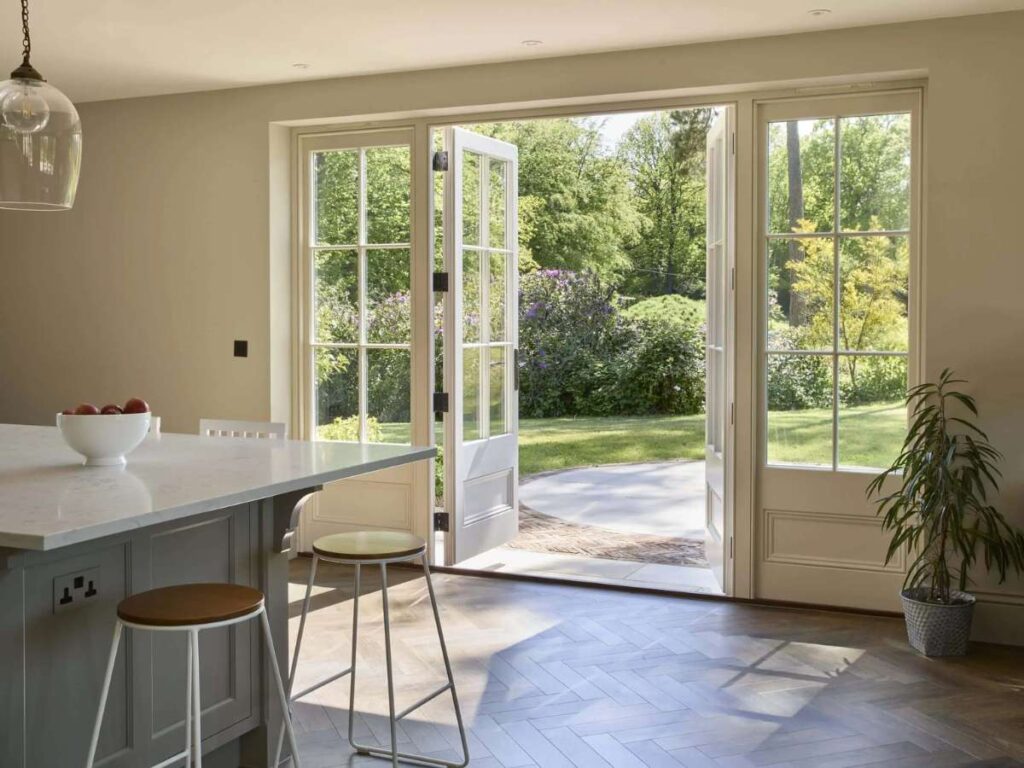
5. Aesthetic and Style Fit
The style of a door can shape a guest’s first impression. It’s about more than just materials. It’s about whether the door feels like it belongs in the space. I’ve worked on villa remodels where one door choice made the whole layout feel “off,” even though everything else was well designed. When the style doesn’t match the surroundings, it shows.
French Door: Classic and Decorative
- Period-Inspired Homes: These doors complement colonial, European, or countryside designs. Their divided glass panes and detailed frames bring charm and warmth.
- Romantic Guest Suites: French doors help create a cozy, high-end feeling in rooms meant for rest and comfort. They pair well with soft lighting and vintage finishes.
- Garden-Facing Rooms: The framed glass adds elegance while still letting in sunlight. They suit spaces where the view is just as important as the frame around it.
Sliding Door: Minimal and Contemporary
- Modern Architecture: Sliding doors blend into flat walls and clean layouts. They work best in spaces built around open plans and sharp angles.
- Glass-Focused Designs: Their wide, clear panels offer uninterrupted views. They create a sense of openness between indoor and outdoor zones.
- Neutral Interiors: If you want the view to be the focal point, sliding doors disappear into the background. They allow materials like concrete, stone, or metal to stand out.
Final Verdict
French doors suit detailed, traditional spaces where charm and warmth matter. Sliding doors work best with modern designs that focus on open views and clean lines. Think about your building’s style and how the door will feel as part of the whole space.
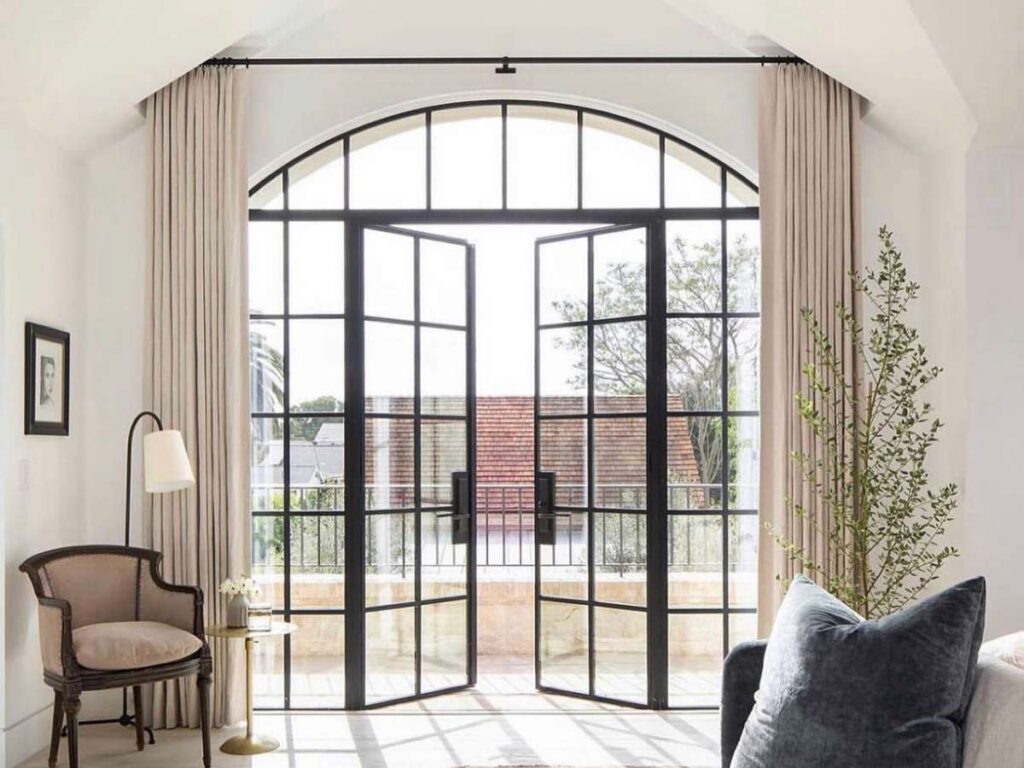
6. Durability and Maintenance
Looks fade if a door can’t hold up to everyday use. Over time, hinges wear down, frames swell, and tracks collect debris. If you’re building in a coastal area, or anywhere with high humidity or dry heat, choosing the right material and design makes upkeep easier. It’s one of those details that often gets overlooked until problems show up and by then, it’s usually too late to adjust without added cost or rework.
French Door: Needs Seasonal Care
- Hinge and Frame Stress: Hinged doors see regular movement that puts pressure on the joints. This can lead to loose screws, squeaking, or sagging over time.
- Weather-Related Expansion: In humid or rainy zones, wood frames may swell slightly. That can cause sticking or uneven gaps if not maintained.
- Finish Upkeep: Painted or stained surfaces can peel or fade after sun or rain exposure. Touch-ups and resealing every few years help extend the life of the door.
Sliding Door: Track-Based Upkeep
- Roller Function and Track Cleaning: Sliding doors use bottom rollers that glide along a narrow track. Dirt, sand, or leaves can collect there and affect smooth movement.
- Adjustment Over Time: The rollers can shift out of line with use. A simple alignment or tightening helps keep the door level and locking correctly.
- Material Resistance: Aluminum and vinyl frames handle salt, heat, and dust well. But the track still needs occasional cleaning, especially in beachside or dry-weather properties.
Final Verdict
French doors need more seasonal attention, especially around the hinges and frame materials. Sliding doors are lower maintenance but rely on clean tracks and roller alignment to work well. Choose based on your local climate and how much upkeep you’re willing to manage long term.
7. Security and Locking Systems
Safety matters, especially in guest spaces or private homes. A door isn’t just an entry it’s also a line of defense. Whether you’re designing for a quiet villa, a busy inn, or a garden retreat, door security should match the way people use the space. Some doors offer more built-in protection, while others may need upgrades to reach the same level.
French Door: Strong Locks, Weak Center
- Multi-Point Locking: Most French doors come with locks at the top, middle, and bottom. This helps spread pressure across the frame and resists forced entry.
- Center Seam Vulnerability: The area where the two doors meet is often weaker. Unless reinforced, it may flex or shift under pressure, especially if only one side is locked.
- Guestroom Access Control: For hotels or B&Bs, these doors feel secure but may need extra bolts or locking pins for peace of mind. Proper reinforcement helps meet safety expectations.
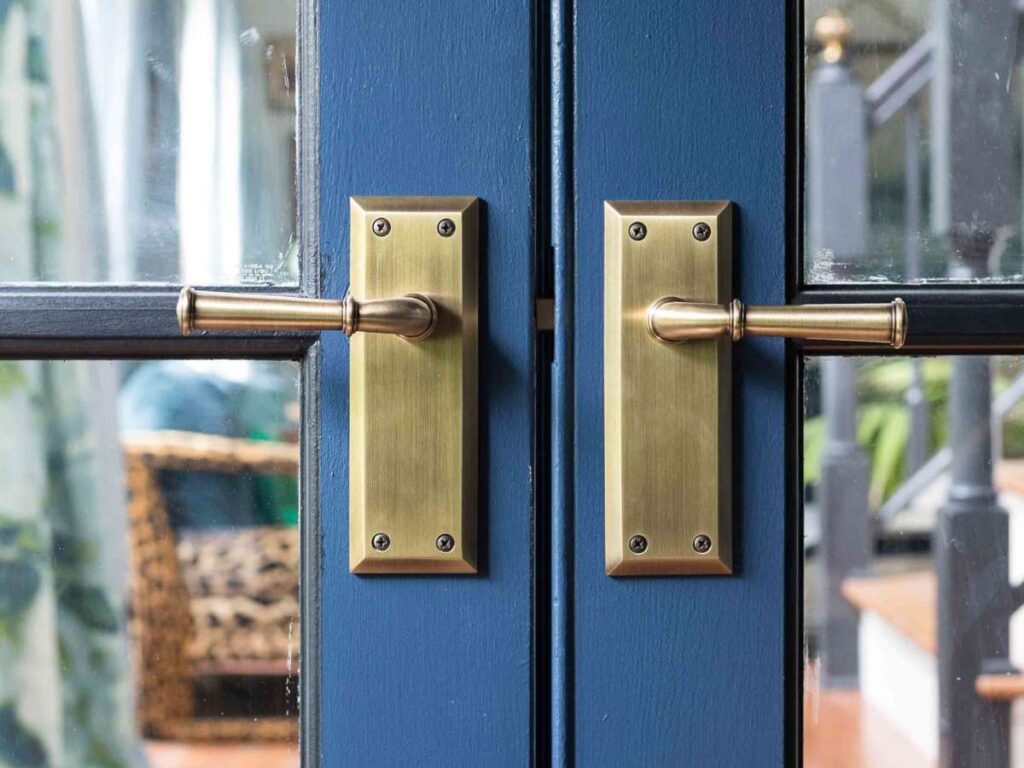
Sliding Door: Upgrade-Ready and Compact
- Standard Single Locks: Most sliding doors use a single latch to lock the moving panel. On its own, this offers basic protection but may not be enough for public-facing units.
- Anti-Lift Bars and Track Locks: These added features prevent the panel from being lifted off the track. You can also add interior pins or security bars for extra resistance.
- Compliance and Guest Safety: In busy spaces or shared accommodations, sliding doors are often preferred for their visibility and ease of locking. Just make sure upgrades are installed before use.
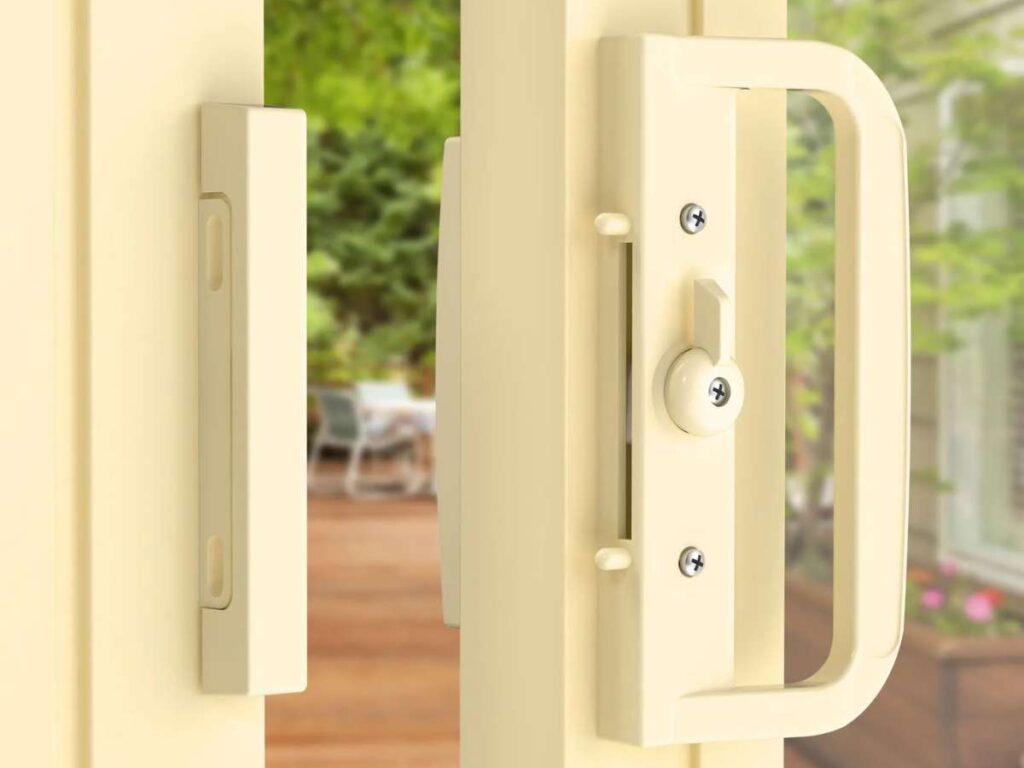
Final Verdict
French doors offer strong locking options but need reinforcement at the center seam to be truly secure. Sliding doors start with basic protection but are easier to upgrade with bars and anti-lift features. Choose based on how exposed the door is, how often it’s used, and the level of security your guests or users expect.
8. Energy Efficiency and Insulation
Keeping a space cool in the summer or warm in the winter depends a lot on the door you choose. The type of frame, glass, and seal can affect how much heat escapes or gets trapped inside. If you’re working on a green-certified building or planning something off-grid, energy performance should be part of the decision not just the look.
It’s the kind of detail that often doesn’t show up in design photos, but matters every day in utility bills and guest comfort.
French Door: Efficient With Upgrades
- Glass Options: French doors often include double-glazed glass, which adds an extra layer of insulation. It helps block heat transfer and reduces outside noise.
- Frame Materials: Wood frames feel warm but may expand or shrink with temperature swings. To keep energy use low, you’ll need good seals and weather stripping around the edges.
- Heritage Projects: These doors are often chosen for style, but energy efficiency can still be improved. In older-style buildings, upgraded seals and modern glass can keep comfort high without changing the look.
Sliding Door: Tighter and Thermally Stable
- Thermal Break Design: Many sliding doors have built-in thermal breaks inside the frame. These stop outside heat or cold from traveling through the metal parts into your room.
- Better Sealing: Sliding doors press tightly into the track when closed. That reduces air leakage, which matters in climates with temperature extremes.
- Eco-Driven Builds: For projects with solar, battery storage, or passive heating goals, sliding doors are often preferred. They reduce temperature swings and ease the load on your energy system.
Final Verdict
Both doors can be energy efficient with the right glass and sealing, but sliding doors often have an edge due to tighter frames and thermal barrier features. If you’re building green or want to control interior temperatures more precisely, sliding doors may be the better fit. Just make sure whichever you choose is paired with materials suited for your project’s location and energy goals.
9. Ease of Use and Accessibility
Not everyone walks through a door the same way. Some guests carry shopping bags. Others rely on wheelchairs, walkers, or simply move more slowly. After watching guests fumble with heavy doors or hesitate at narrow thresholds, it’s clear accessibility isn’t just for compliance. It’s about making real-world movement easier for real people.
When you’re designing hospitality spaces or upgrading a shared building, how a door opens changes how someone experiences the room. It’s one of those small things that tells your guests you’ve thought about their comfort.
French Door: Traditional but Heavier
- Effort Required: French doors swing open on hinges and may feel heavy, especially if built from solid wood or thick frames. They can be hard to use for those with limited strength or balance.
- Clear Width: When both panels open, you get a wide path that’s great for moving furniture or wheelchairs. But that only works if both sides are fully unlocked and held open.
- Older Building Retrofits: In some cases, retrofitting French doors for accessibility can be tricky. You may need to modify thresholds or add hardware to meet modern access needs.
Sliding Door: Easier to Glide
- Low-Force Operation: Sliding doors move along a track and require less upper body strength. Guests with mobility aids or limited grip can usually open them without trouble.
- Smooth Entry: Many sliding doors have lower thresholds or can be built flush with the floor. That reduces tripping risk and makes access smoother for wheelchairs or strollers.
- Hospitality and ADA Design: For hotels or short-term rentals, sliding doors help meet universal design goals. They create less resistance and are easier to manage in tight rooms.
Final Verdict
Sliding doors are generally easier to use for people of all ages and abilities. French doors may offer a wider opening when both sides are used, but they require more effort and planning. If you want smoother, safer access especially in hospitality or shared spacessliding doors tend to be the more practical option.
10. Customization and Add-ons
A door should do more than just open and close. It should match the environment, serve the people who use it, and reflect the purpose of space. Whether you’re designing a cozy countryside lodge or a high-tech rental, it’s worth thinking about the finishing touches. These little choices can have a big impact on ease of use, aesthetics, and brand consistency.
Over the years, I’ve seen how thoughtful customizations like blinds built into the glass or seamless smart lock integration can elevate not just the look of a space, but also how people interact with it day-to-day.
French Door: Decorative and Detail-Friendly
- Classic Styling Options: French doors offer a wide range of frame finishes, including wood tones, painted colors, or antique looks. You can also choose from decorative glass like frosted, stained, or textured panels.
- Privacy and Shade Add-ons: Many French doors can include built-in blinds between the glass panes. These help reduce glare and add privacy without needing curtains.
- Supplier Flexibility: Some manufacturers allow changes to panel layout, hardware finish, or sash size. But minimum order quantities for custom features can vary depending on the supplier.
Sliding Door: Sleek with Smart Options
- Modern Glass Choices: Sliding doors are available with low-E glass, which reflects heat and UV rays. You can also get laminated options for sound control or safety.
- Smart Features: These doors often work well with smart locks, motion sensors, or automated shades. That’s helpful for tech-friendly homes or hotels looking to add convenience.
- Built-in Screens: Retractable insect screens or sun-blocking panels can be added to many sliding systems. These upgrades are great for properties in hot or buggy climates.
Final Verdict
French doors lean more decorative, with lots of detail and styling flexibility. Sliding doors are better suited for smart features and modern glass upgrades. If you’re after charm and craft, go French. If you need convenience, energy control, or tech add-ons, sliding doors offer more to work with.
11. Which One Is Better for Your Project?
Choosing the right door isn’t just about how it looks. It’s about how people move through the space, how the layout flows, and how the door performs every single day. I’ve learned that even the smallest design choice can affect the comfort and efficiency of a property long after installation.
Let’s break it down by what really matters when you’re planning a long-term solution.
Design and Style Fit
Consider French doors if your project leans traditional or has vintage character. Their framed glass and symmetrical swing create a timeless feel that works well in villas, garden homes, and heritage spaces. Choose sliding doors when your design is modern, clean-lined, or focused on wide, open views with fewer visual breaks.
Function and Everyday Use
Choose sliding doors if ease of use is a top priority. They glide open with very little effort, which helps in spaces used by seniors, children, or guests with limited mobility. Consider French doors for spaces where charm and presence matter, but be ready to manage the extra effort needed to open and secure both panels.
Space and Layout Needs
Consider sliding doors if space is tight or you need to place furniture nearby. They stay within their frame and don’t require extra clearance. Choose French doors when you have room for them to swing open comfortably and want to create a grand, balanced entry.
Performance and Custom Features
Choose sliding doors if you want energy efficiency, smart lock compatibility, or integrated thermal performance. Many, including models from Vallisco come with low-E glass and modern sealing systems built in. Consider French doors when you need more options for glass textures, paint finishes, or traditional details, but keep in mind they may require upgrades to match modern performance.
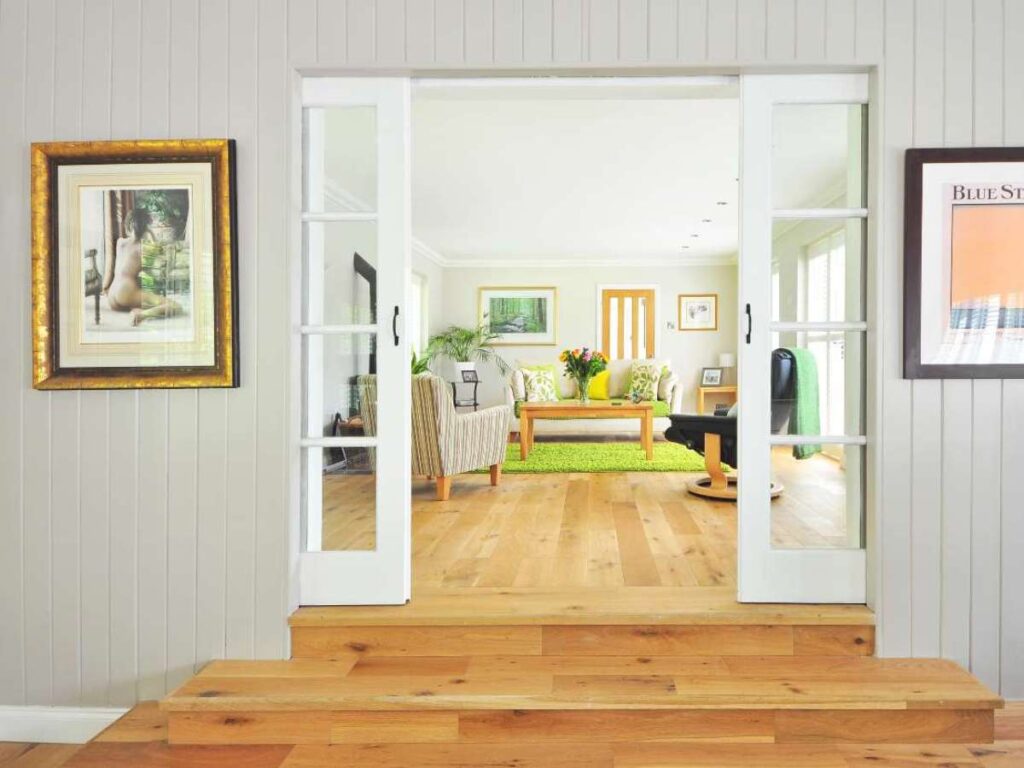
Conclusion
Choosing between French doors and sliding doors isn’t always easy.
But now, you know what makes each one different. You’ve seen how they work, where they shine, and what to consider.
It’s your turn.
Think about your clients’ space. Think about the people walking through those doors. What decision will move your project forward?
I’ve helped others figure it out and I’d love to help you too. Contact Vallisco today! Let’s build something that fits.
Explore More Helpful Resources
There’s more to explore! Check out our additional product selections to find exactly what you’re looking for:
Still haven’t found what you’re looking for? Don’t hesitate to contact us. We’re available around the clock to assist you.


